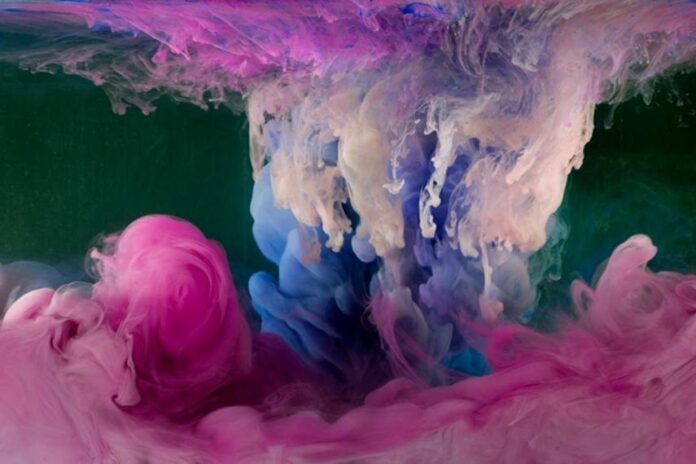Art and technology define and continue to change the world we live in. Guided by new aesthetics, virtual, scientific and incomprehensible logic, technology in art challenges our perception. And this is the essence of creativity and science.
The changing nature of works of art, as well as the shift in social interaction and the reshaping of museums and exhibition spaces, are giving more space today than ever before to some of the most amazing examples of combining art and technology through digital art, kinetic artwork, and work that explore the internet and online existence.
Sometimes traditional paintings and sculpture can’t capture the full extent, so fresh materials like data, pixels, math and engineering formulas are the tools that many of today’s creatives aspire to.
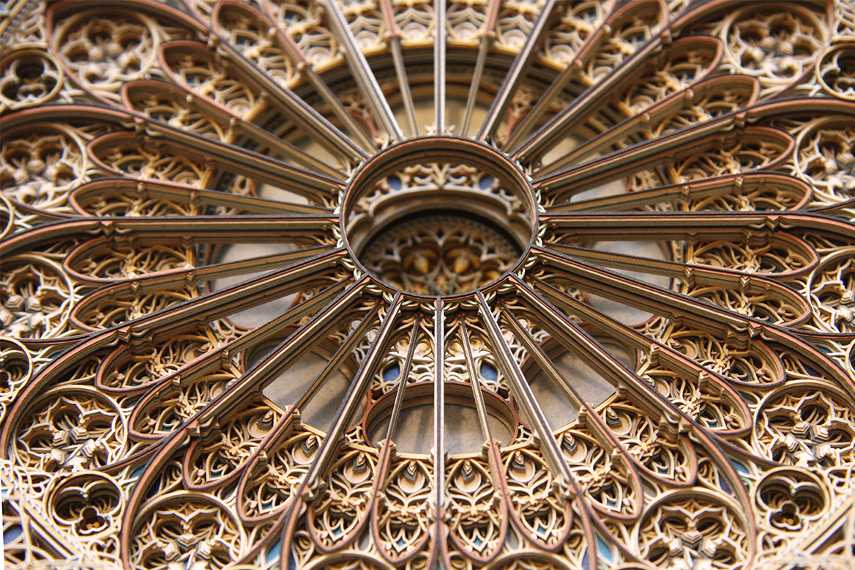
For example, Kim Keever learned to manipulate chemistry through his NASA background and scientific background, which to some extent is true of Eric Standley, who grew up in a family of engineers. The most impressive aspect of its production is the amount of detail it can achieve. His works are incredibly detailed and miniature.
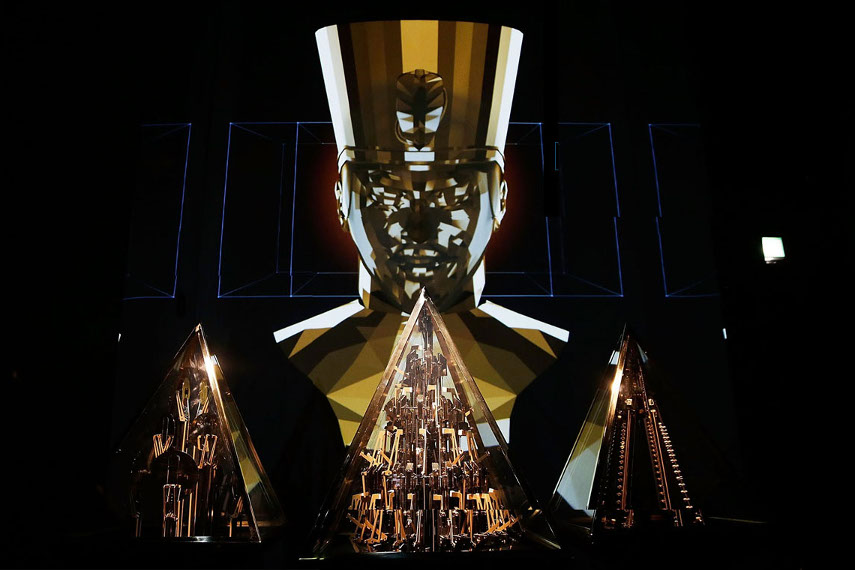
Another creative who relies heavily on art and science is a Japanese designer Yuri Suzuki. He is mostly famous for his work with Will.I.Am, namely Pyramidi, a piece made out of a trio of robotic instruments, deconstructed versions of a piano, a guitar and a drum.
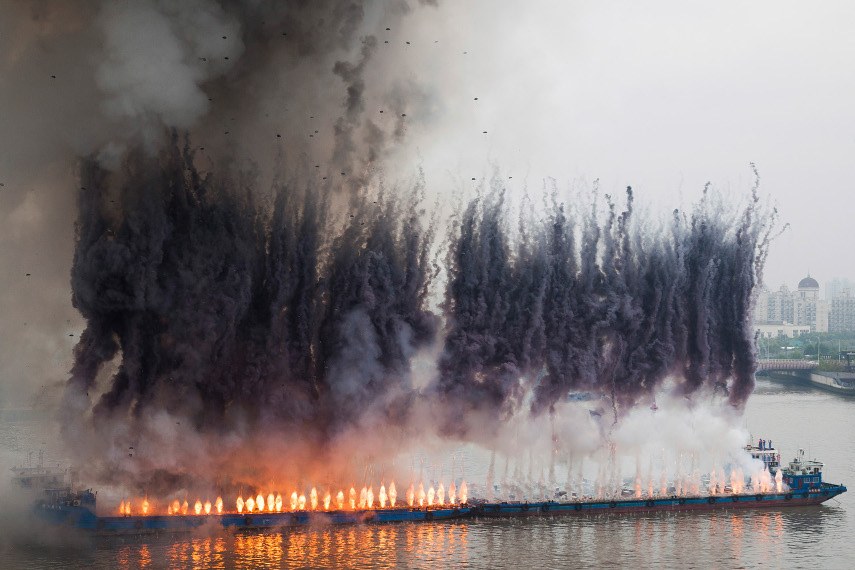
Slightly more extreme in art and science than the previous authors on this list, Cai Guo-Qiang is a Chinese author who enjoys experimenting with the explosive nature of gunpowder and its modern day variations, initiating what he likes to call ignition events – after a controlled explosion.
It is logical to assume that much of today’s production, in one way or another related to digital art, is concentrated on the Internet and in the online world, which has changed the art scene in many ways. This provided an opportunity for literally everyone to exhibit their work, and for the audience to find any work. what interests them, not to mention how the Internet has affected the art market. Petra Cortright creates her paintings to explore the problems of online consumption. She renders them in aluminum and makes endless changes to the computer file until she is satisfied with the result.
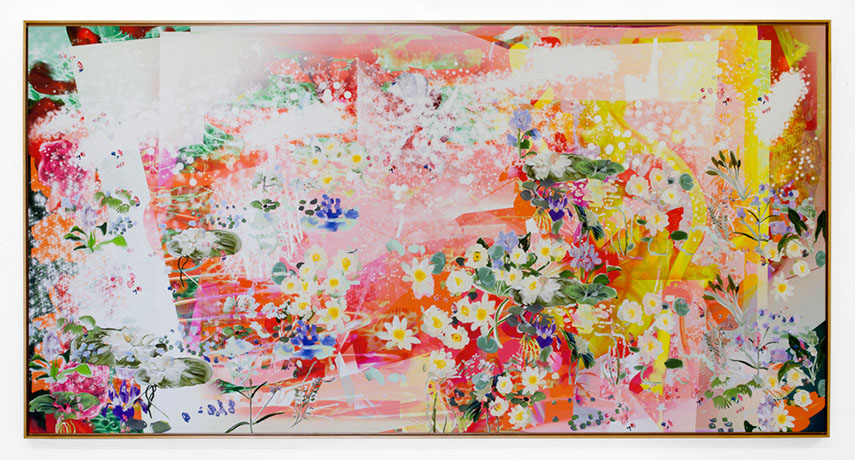
Such representatives of digital art as Bobby Chiu, Cristiano Siqueiru, Daniel Conway, Chris de Lara and Tae Yong Choi decided to focus on pure visuals and great aesthetics – standing out with the beauty of their animated works.
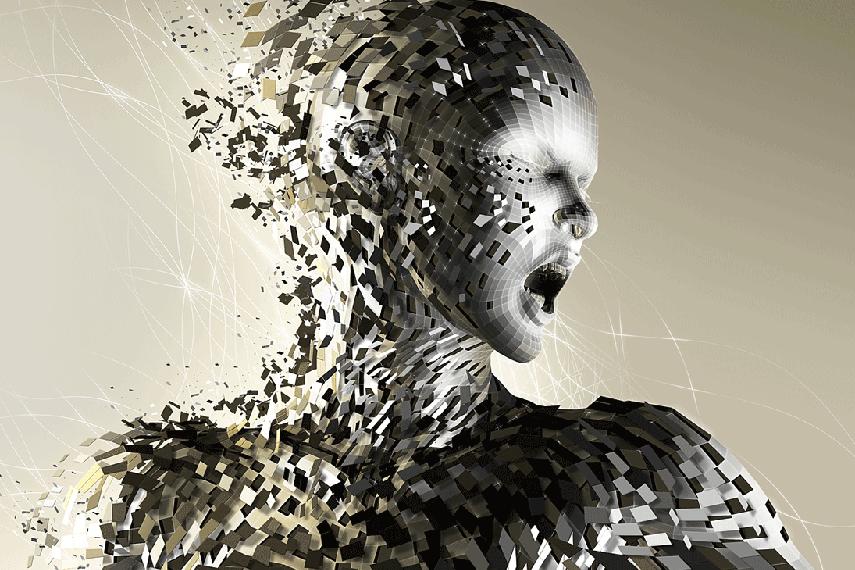
Michael Manning is a man who starts each job with a computer program, reenacting the experience of dabbling in oil paint and then printing them to mimic the look of an actual acrylic brush stroke. In many ways, Michael Manning’s practice in painting, video, sculpture, and computer-based work explores the relationship between art and technology.
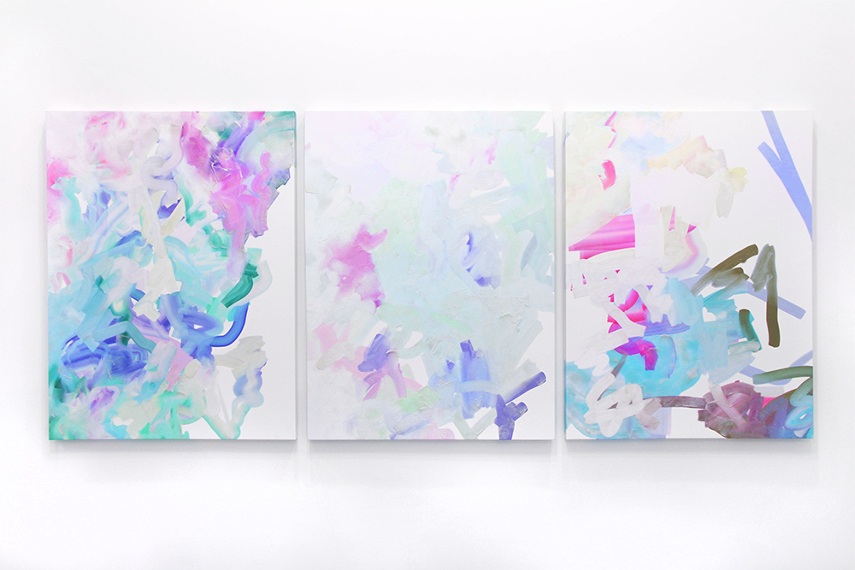
In this day and age, there are many performers who rely on technology to make the most out of their digital installations and shows. There are different artists who create digital installations based on science, depending on the effects that only modern technology can give. Rafael Lozano-Hemmer is a Mexican installation master whose impressive laser pieces have been astonishing audiences worldwide.
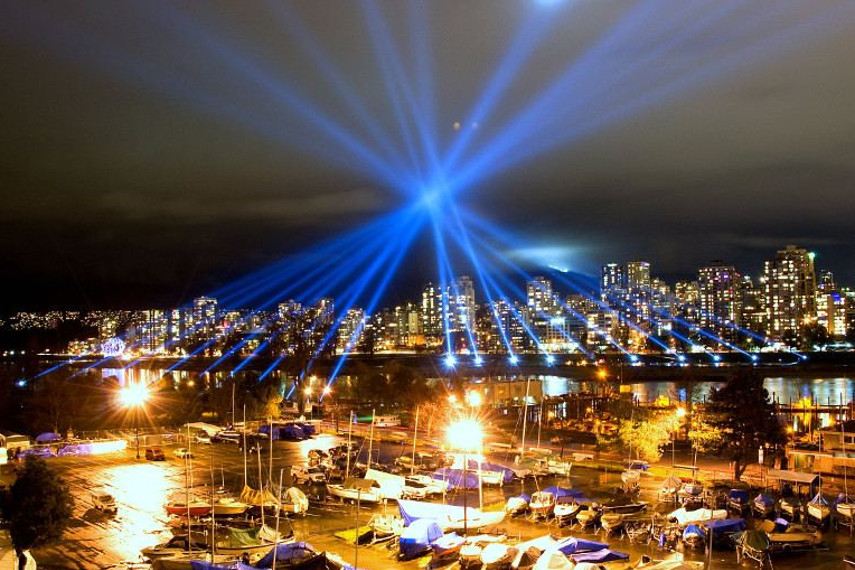
The development of technology has continued walking hand-in-hand with progressive artistic concepts and has changed the way art is created and shared. All these fascinating artists and their artwork prove how advancing art and technology is transforming the art world and the perception of art.






